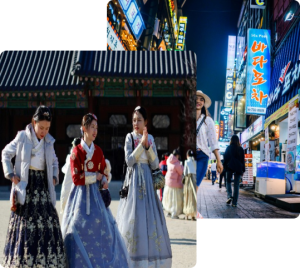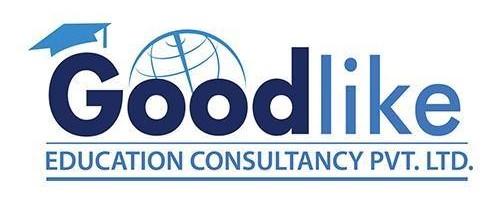Goodlike Education Consultancy
- Putalisadak , Kathmandu Nepal
- 015348110
- info@goodlikeedu.com
STUDY IN South Korea
Why Study in South Korea from Nepal?
Studying in Korea offers a unique opportunity to immerse oneself in one of Asia’s most dynamic and modern cultures. From the bustling streets of Seoul to the serene temples scattered throughout the countryside, Korea provides an unparalleled blend of tradition and innovation. The country’s strong focus on education is evident in its world-renowned universities, offering high-quality academic programs across various fields.
Moreover, choosing Korea for further study opens up doors to exciting career prospects in one of the world’s leading economies. With a thriving job market and a growing emphasis on international collaboration, students can gain valuable skills and connections that will set them apart in the global workforce. Additionally, the rich cultural experiences available in Korea, from traditional dance performances to K-pop concerts, offer a vibrant backdrop to academic pursuits, making studying in Korea not just an educational experience but also an unforgettable adventure.

Education Process to study in South Korea
For Nepalese students looking to pursue higher education in South Korea, the journey begins with understanding the South Korean educational system, known for its rigorous approach and strong emphasis on technology, engineering, and innovation. The process starts with selecting a suitable university and program, taking into consideration the academic interests and career aspirations of the student. Leading universities such as Seoul National University, Korea University, and Sungkyunkwan University are popular choices due to their high rankings and diverse offerings.
Once a program is chosen, students must meet specific admission requirements which typically include academic transcripts, language proficiency tests (TOPIK for Korean-taught programs or TOEFL/IELTS for English-taught programs), and recommendation letters. The application must be carefully compiled and submitted by the stipulated deadlines, usually during the university’s spring or fall intake periods.
Upon receiving an admission letter, the next critical step is to apply for a D-2 student visa, which involves presenting the admission letter, a valid passport, proof of financial stability, a clean criminal record, and possibly medical examination results at the nearest South Korean embassy or consulate. Pre-departure preparations should include arranging accommodations, understanding health insurance requirements, and familiarizing oneself with Korean culture and etiquette. Arrival in South Korea is followed by university orientations aimed at helping international students settle in. These programs are crucial for acclimating to the academic schedule and integrating into campus life. South Korea offers a dynamic cultural experience, from bustling urban centers to tranquil traditional sites, enhancing the academic journey. This structured approach ensures that Nepalese students not only achieve their educational goals in South Korea but also enjoy a rich, immersive international experience.
Popular Study Destinations in South Korea
- Seoul
- Busan
- Incheon
- Daejeon
- Suwon
- Gwanju


Carrier Outcome and Work Right
Get an international recognize degree
Get practical and theoretical knowledge
Students can work 20 hours during classes and full time in public holidays.
After completion of a vocational course or University degree, students can apply for the work visa.
After graduating from a university or completing a vocational course, international students can apply for a job-seeking visa, known as the D-10 visa, which allows them to stay in South Korea for job hunting.

Intakes
There are 2 intakes for a student applying for a student visa. They are:
- Spring Intake
- Fall Intake
Document Requirements
- Passport
- Application Form
- Photographs
- Proof of Academic Qualifications
- Proof of Language Proficiency
- Statement of Purpose(SOP)
- Letters of Recommendation
- Financial Evidence
- Health and Medical Records
- Application Fee
- CV/Resume
- Portfolio
- Admission Interview

